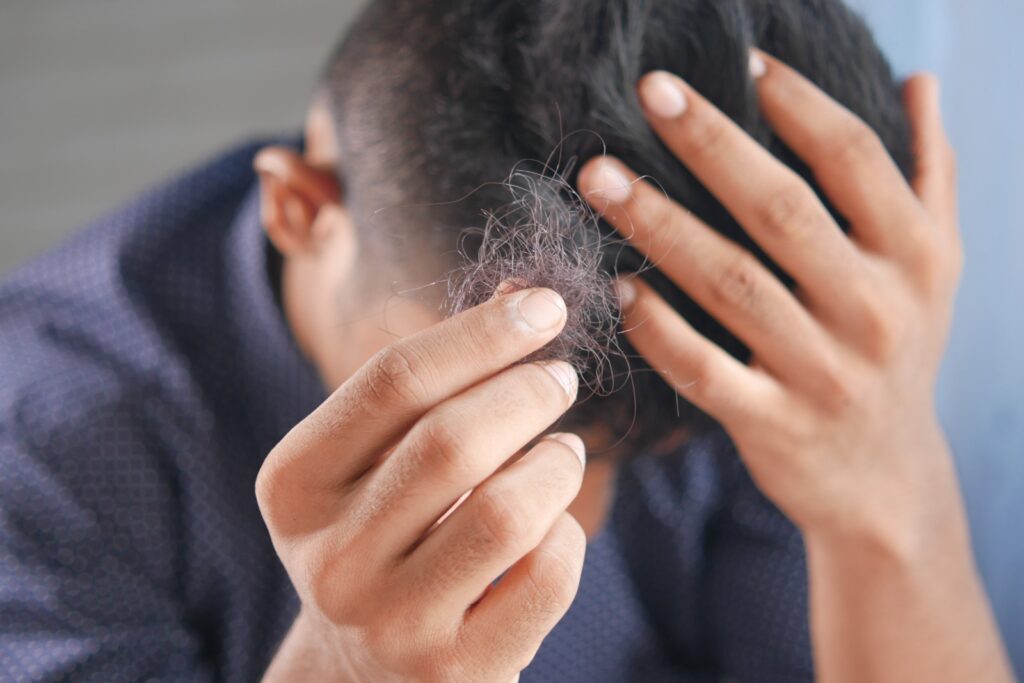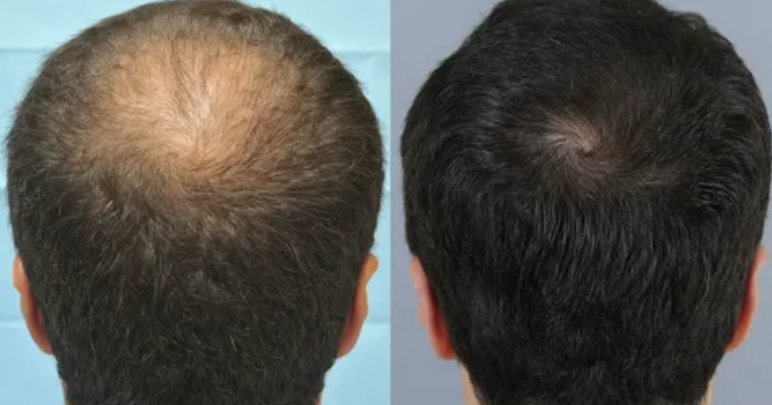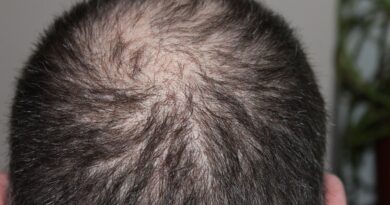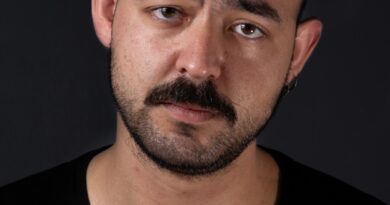Which Hair Transplant Type Is Better?
What are the Differences Between FUE and DHI Transplantation?
There are some differences between FUE (Follicular Unit Extraction) and DHI (Direct Hair Implantation) hair transplantation techniques. Here are the main differences between these two techniques:
Method: FUE hair transplantation is performed by removing and transplanting individual hair follicles, while DHI hair transplantation is performed by directly transplanting hair follicles using a special device.
Scarring: FUE hair transplantation usually causes less scarring due to the removal of hair follicles one by one, while DHI hair transplantation may create more scarring due to direct transplantation of hair follicles.
Appearance: While DHI hair transplantation can provide a more natural appearance thanks to the direct transplantation of hair follicles, FUE hair transplantation can create a less natural appearance due to the removal of hair follicles.
Duration: FUE hair transplantation may take longer than DHI hair transplantation.
Cost: DHI hair transplant may be more expensive than FUE hair transplant.
Which hair transplant technique to choose depends on personal preferences, the cause of hair loss and other factors. The person to be transplanted can get information about the most suitable technique by meeting with a specialist doctor.
How Does FUE Hair Transplant Work?
FUE (Follicular Unit Extraction) is a hair transplant technique and is performed with the following steps:
Preparation of the recipient area: The area to be transplanted with FUE is first cleaned and local anesthesia is applied.
Extraction of hair follicles from the donor area: The hair follicles in the donor area are removed one by one using a special tool. This tool can be a micromotor or a manual tool. Hair follicles are usually removed from the nape area, but they can also be removed from different areas.
Preparation of hair follicles: The extracted hair follicles are examined and prepared under a special microscope. During this process, the hair follicles are separated one by one and prepared to be transplanted one by one to the recipient area.
Transplantation of hair follicles: The prepared hair follicles are transferred one by one to the recipient area using a micro instrument. This procedure is performed on balding or sparse areas in the recipient area.
Healing process: After the hair transplantation process is over, the patient’s head is bandaged and it is recommended to rest for a few days. After hair transplantation, a recovery period lasting several weeks is required. There may be mild swelling and pain in the first few days.
FUE hair transplantation is a natural-looking and long-lasting method. After the procedure, the hair will grow like natural hair and long-term results can be achieved with regular care.

How Does DHI Hair Transplant Work?
DHI (Direct Hair Implantation) is a hair transplant technique and is performed with the following steps:
Preparation of the recipient area: The area to be transplanted with DHI is first cleaned and local anesthesia is applied.
Preparation of hair follicles: In DHI hair transplantation, hair follicles are placed directly on the recipient area with a special device. Therefore, hair follicles are not prepared with a special process. Instead of the preparation stage, the hair follicles are prepared directly during the hair transplantation process.
Transplantation of hair follicles: DHI hair transplantation is performed by transferring hair follicles directly to the recipient area using a special device. This device takes the hair follicles and immediately places them in the area to be transplanted.
Healing process: After the hair transplantation process is over, the patient’s head is bandaged and it is recommended to rest for a few days. After hair transplantation, a recovery period lasting several weeks is required. There may be mild swelling and pain in the first few days.
DHI hair transplantation is a method with natural looking and long-lasting results. After the procedure, the hair will grow like natural hair and long-term results can be achieved with regular care. DHI hair transplantation is considered a less invasive procedure than the FUE method and can provide a faster recovery time.
Who Are the Best Candidates for the DHI Procedure?
The DHI (Direct Hair Implantation) procedure may be an option for people experiencing hair loss or thinning hair. The most suitable candidates include:
People experiencing hair loss: Many reasons such as genetic factors, hormonal changes, aging, stress or medications can cause hair loss. DHI hair transplantation can be an effective solution for men and women, depending on the cause of hair loss.
People experiencing hair thinning: Thinning hair is a milder form of hair loss and DHI hair transplantation may be a suitable option for people who want a denser hairline or fuller hair.
People with stable hair loss before hair transplantation: DHI hair transplantation can be applied to people with ongoing hair loss, but it is a more suitable option especially for people whose hair loss process has stabilized.
People with hair loss or another medical condition: Some medical conditions or medications can cause hair loss. Therefore, before starting the DHI hair transplant procedure, it is important to talk to your doctor about any of your medical conditions or medication use.
However, not everyone may be a suitable candidate for DHI hair transplant. Therefore, it is important to consult a specialist doctor to determine your suitability for DHI hair transplantation.
Who Are the Most Suitable Candidates for the FUE Procedure?
People with early hair loss: Early hair loss usually manifests as retraction of the hairline or thinning of the hair on the top of the head. FUE hair transplantation can achieve successful results if it is intervened in the early period.
Persons with sufficient donor area: FUE hair transplantation is based on taking hair follicles from the donor area and transferring them to the recipient area. Therefore, it is important that the donor area has enough hair follicles. In cases where the donor area does not have enough hair follicles, FUE hair transplantation cannot be performed or the results may not be satisfactory.
People with low self-esteem due to hair loss or thinning: Hair loss or thinning affects the self-esteem of many people. FUE hair transplantation can increase self-confidence by helping the person’s hair look fuller and natural.
People who have failed previous hair restoration procedures: Previous hair restoration procedures, such as other methods or FUE procedure, may fail. In FUE hair transplantation, successful results can be obtained in cases where previous procedures have failed.
People without certain health conditions: FUE hair transplantation is a safe procedure for healthy individuals. However, it may not be suitable for people with certain medical conditions. That’s why it’s important to talk to your doctor if you have any medical conditions.
As a result, FUE hair transplantation is a safe hair restoration method that gives natural and long-lasting results in suitable candidates.
What is the Main Difference Between FUE and DHI?
FUE (Follicular Unit Extraction) and DHI (Direct Hair Implantation) are the most popular hair transplant methods. The main difference between the two methods is the collection and implantation of hair follicles. The FUE method uses a micromotor to extract the hair follicles one by one from the scalp. By making small holes on the scalp in the donor area, the hair follicles are removed one by one and then transferred to the recipient area. This method is usually performed under local anesthesia and the recovery time is fast.
The DHI method, on the other hand, is similar to the FUE method, but the collection and implantation of hair follicles is done at the same time. The DHI method is done using a special device. This device uses a special needle to collect and implant hair follicles. The needle punctures the scalp in the donor area, collects the hair follicles, and then directly implants them in the recipient area with the same needle. In this method, there is no cutting or piercing process during the transplantation of the hair follicles, and the recovery time is fast.
The DHI method requires more precision than the FUE method. Because the hair follicles are directly implanted while collecting, the vitality of the follicles is more important. Also, the DHI method makes the hair look more natural because the hair follicles can be placed more tightly.
You can benefit from the privileges by contacting us.
- Best price guarantee
- You will not encounter hidden payments.
- Free transfer to airport, hotel or clinic
- Accommodation is included in the package prices.




